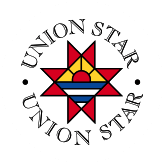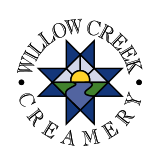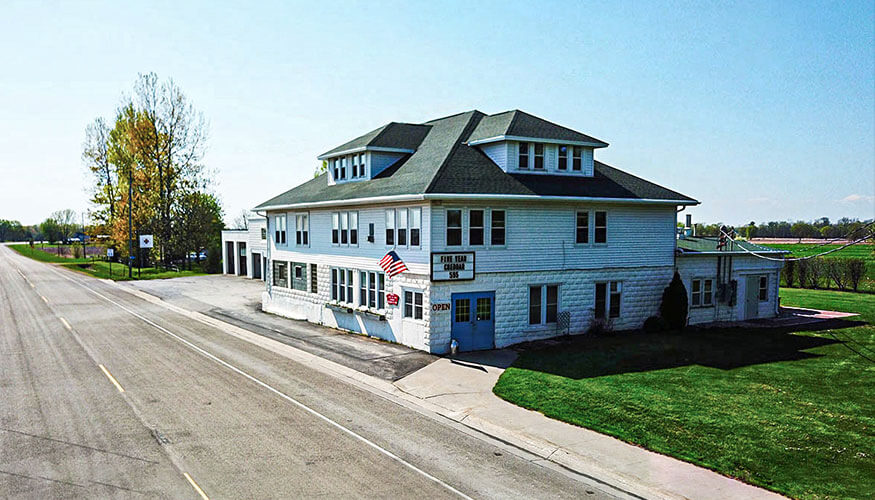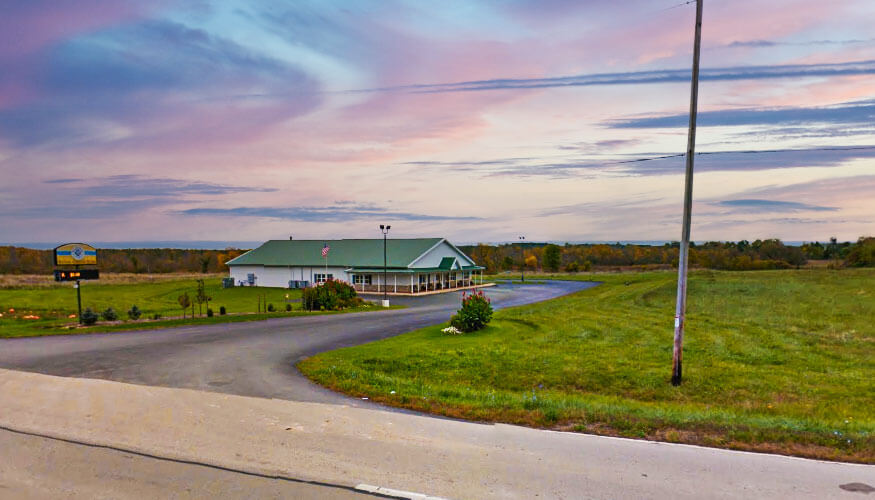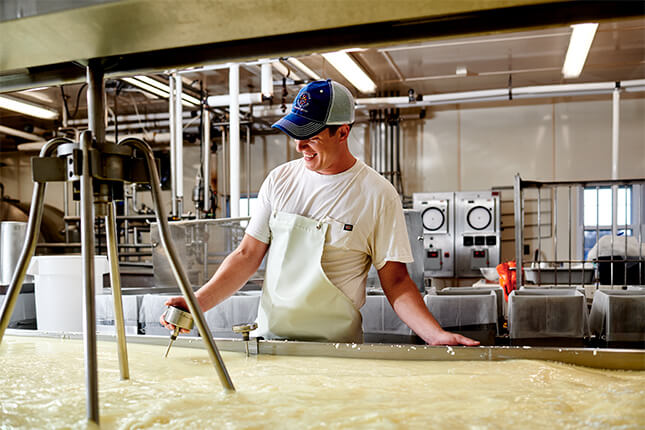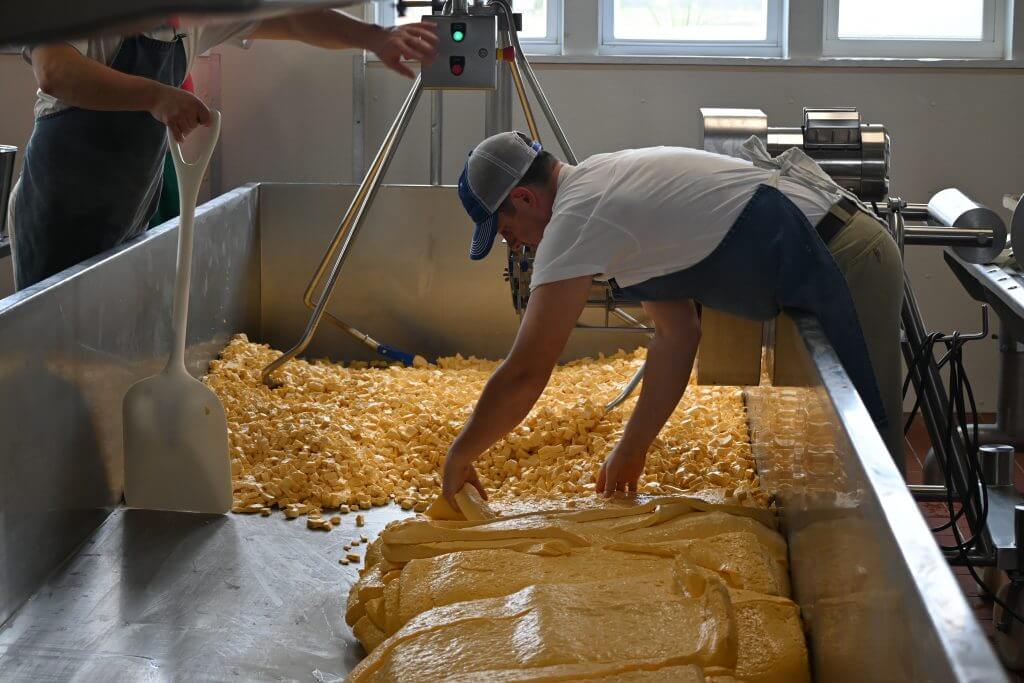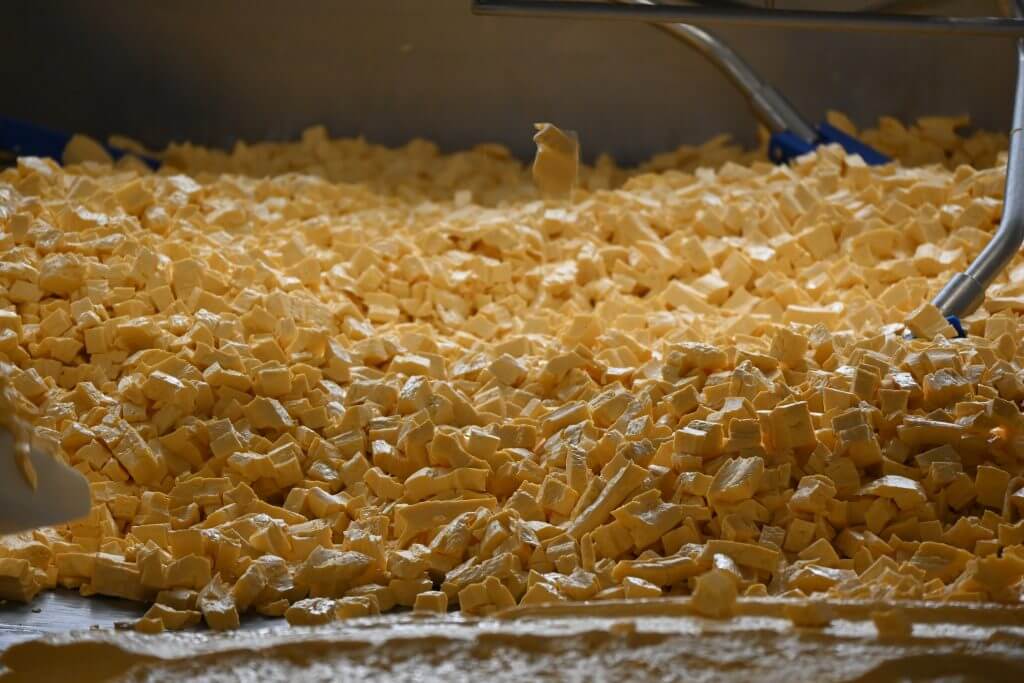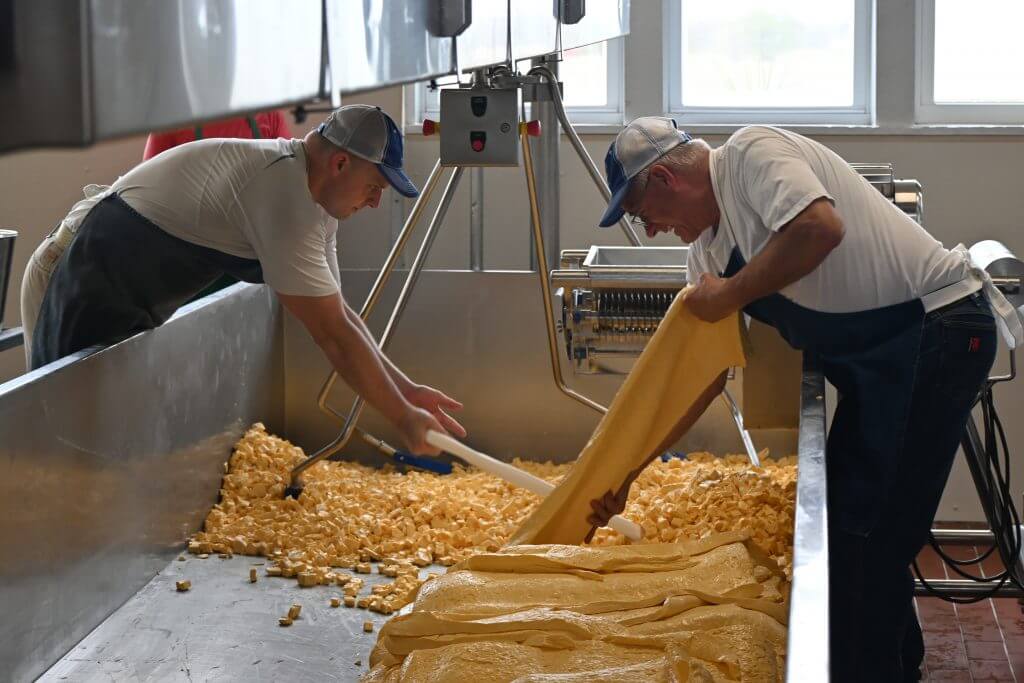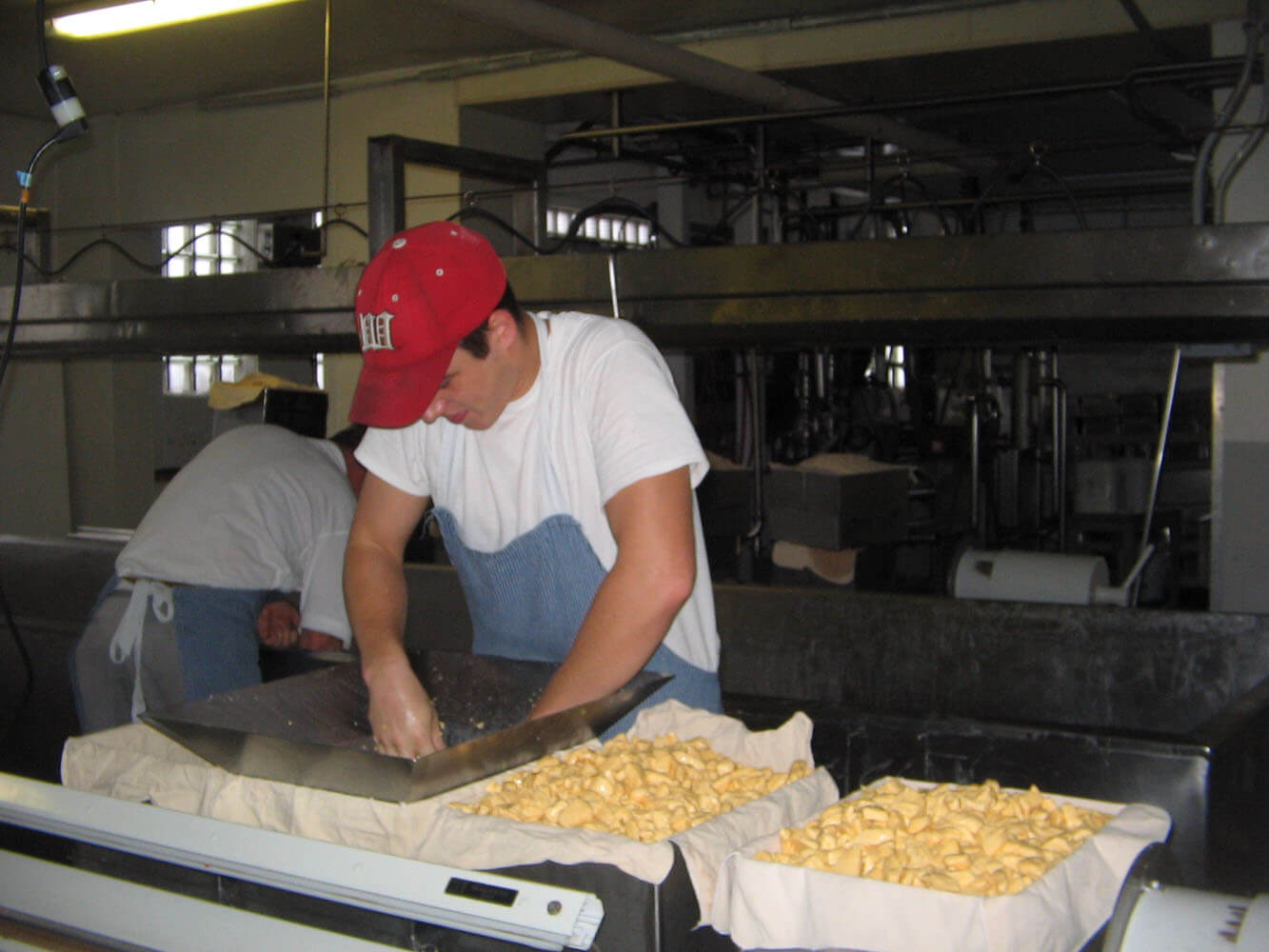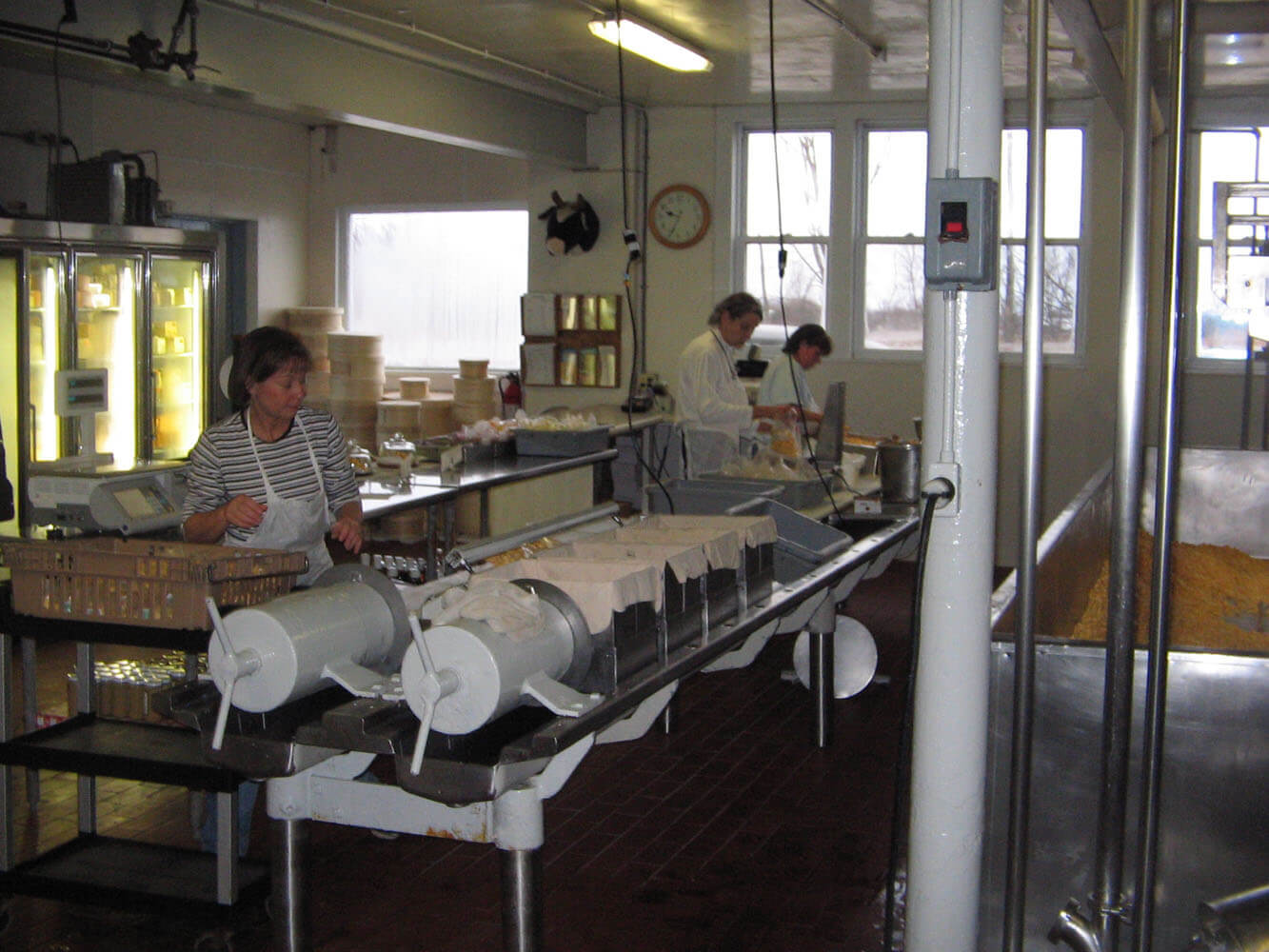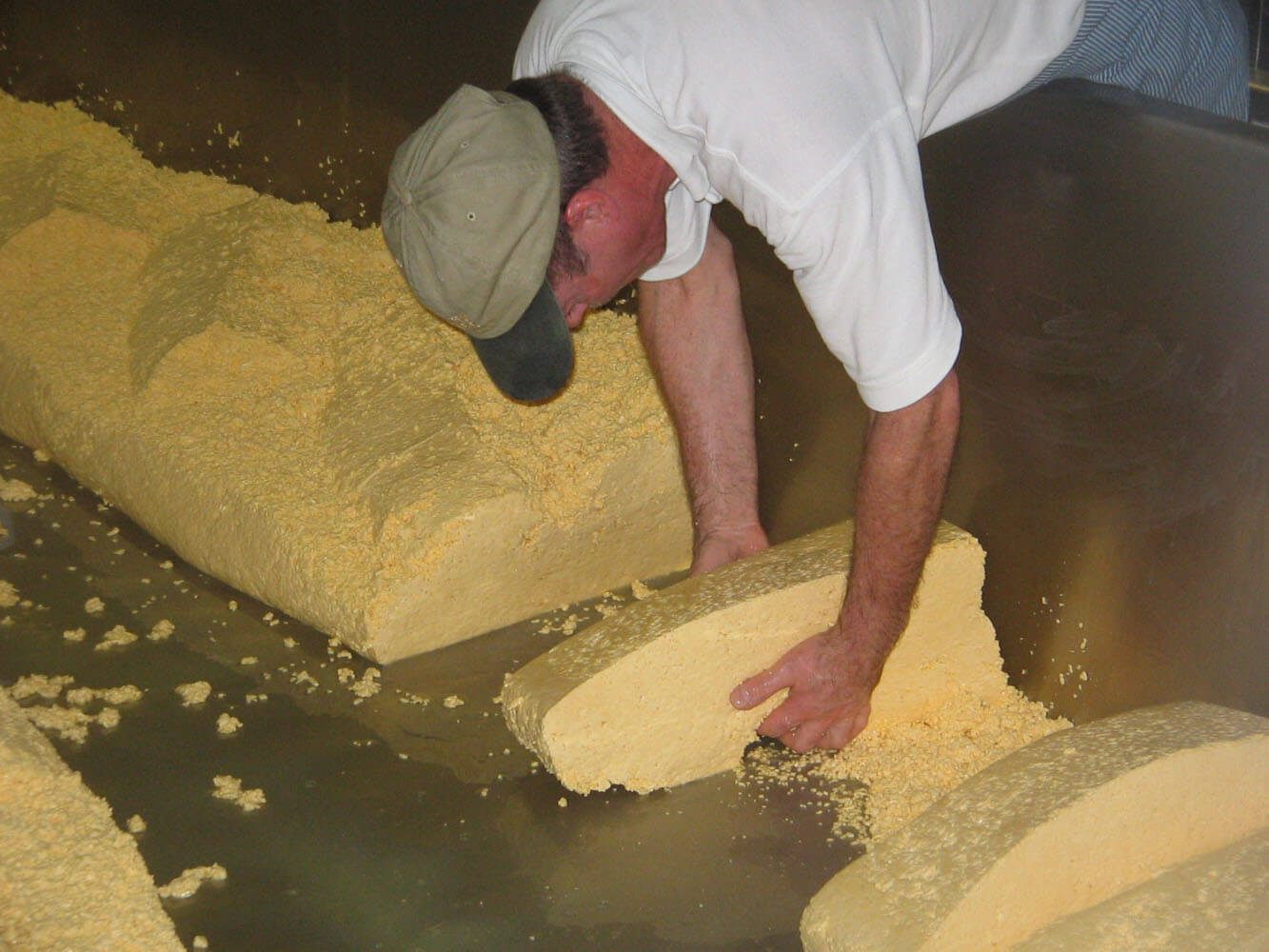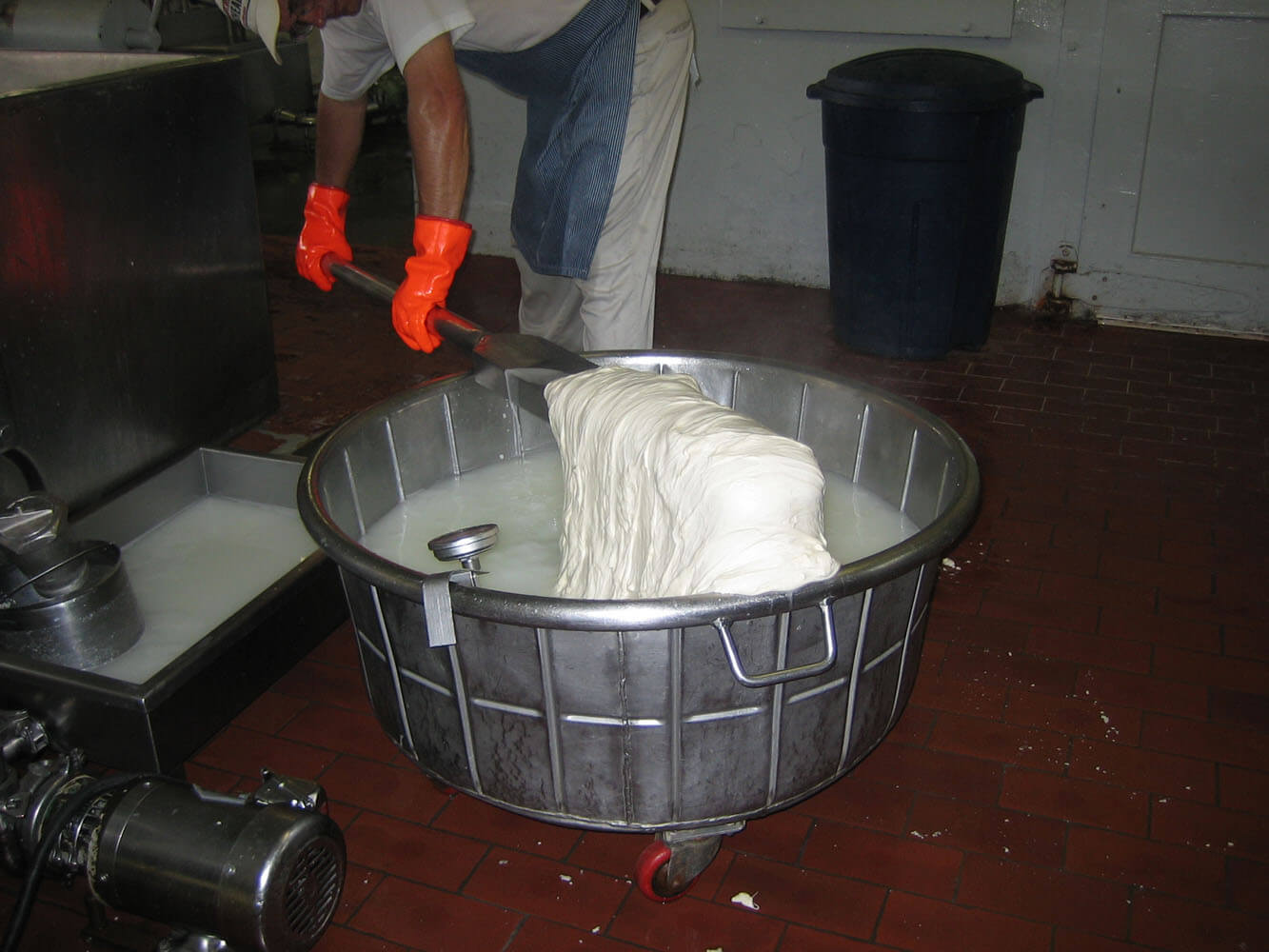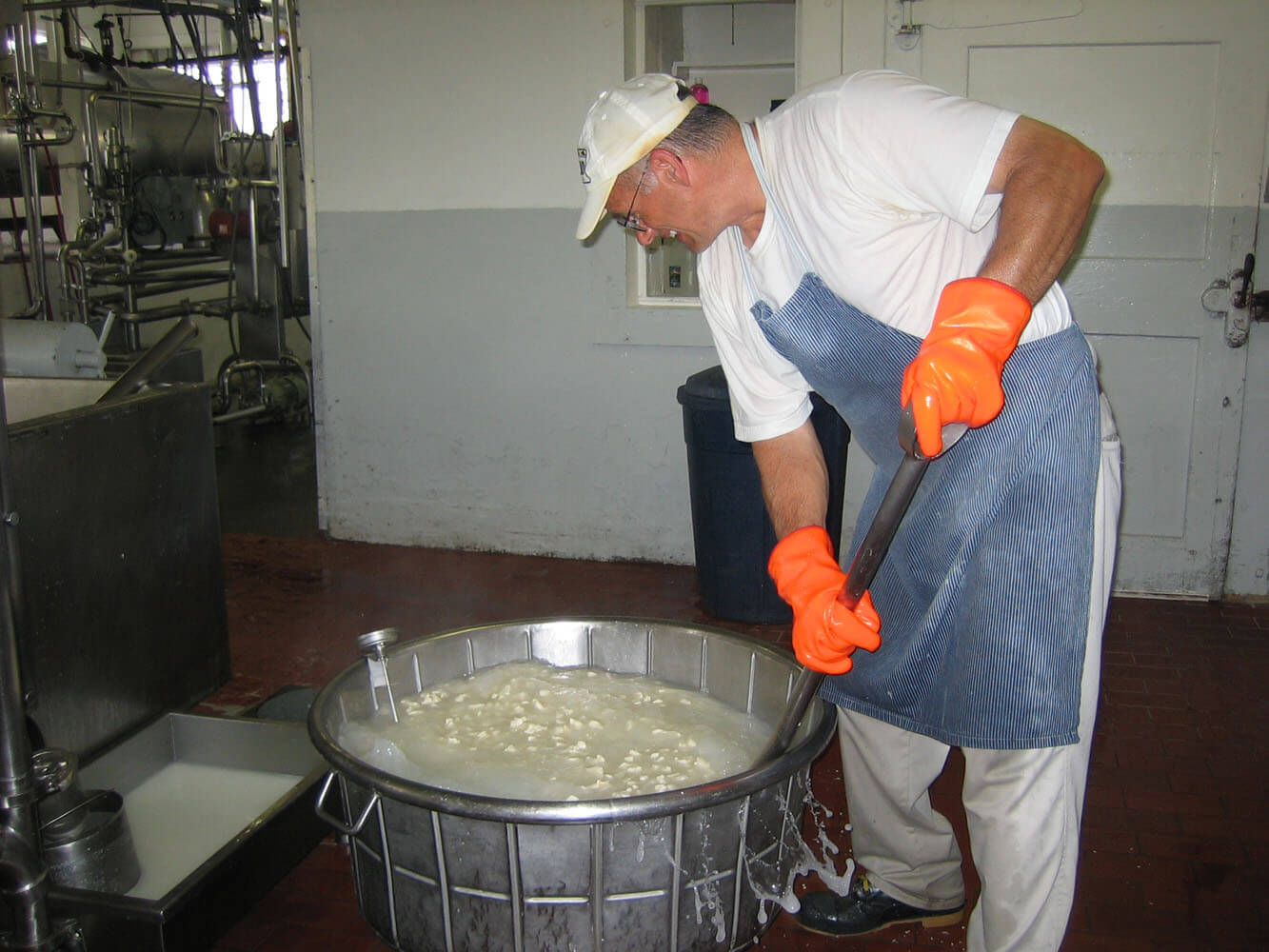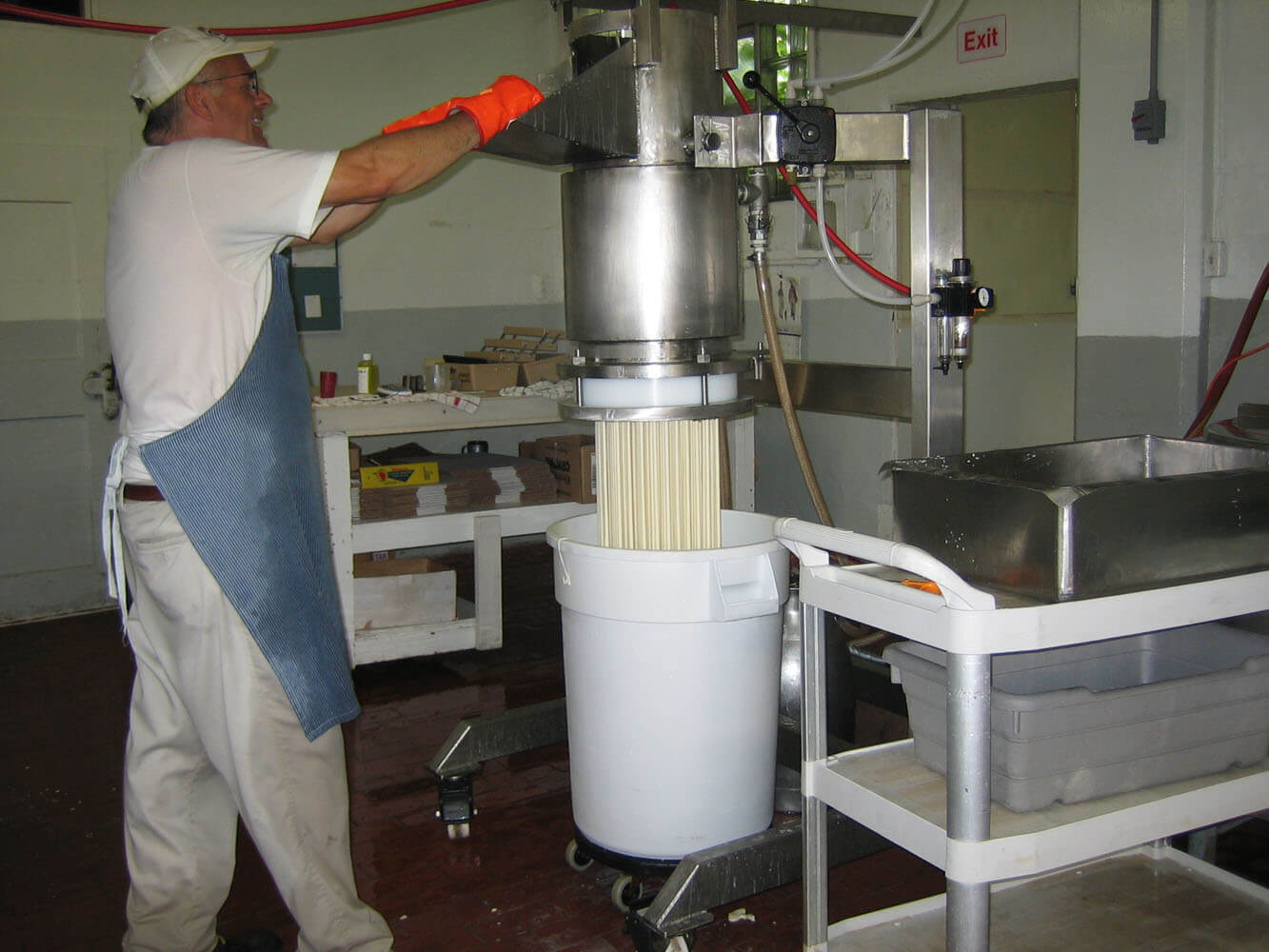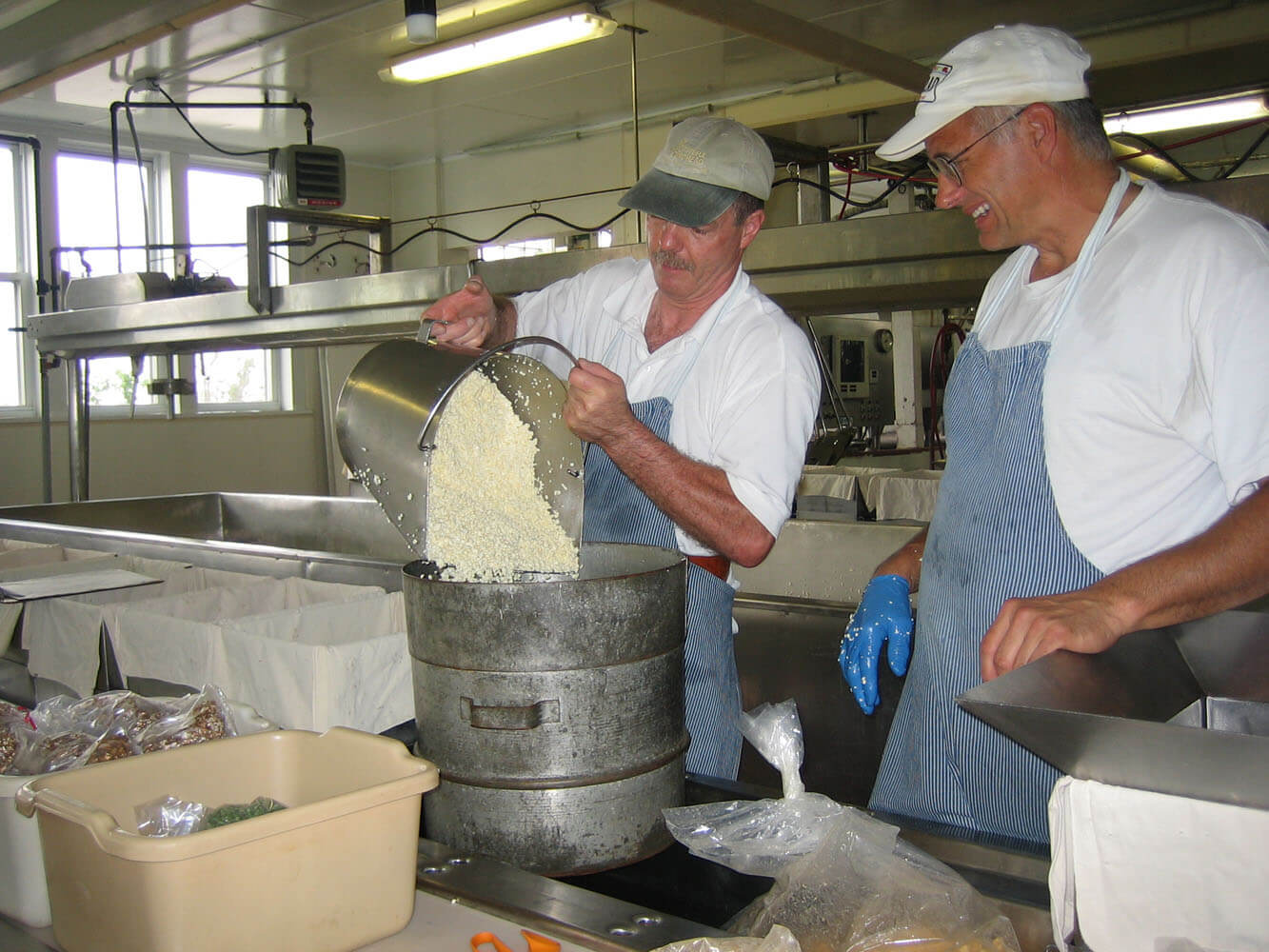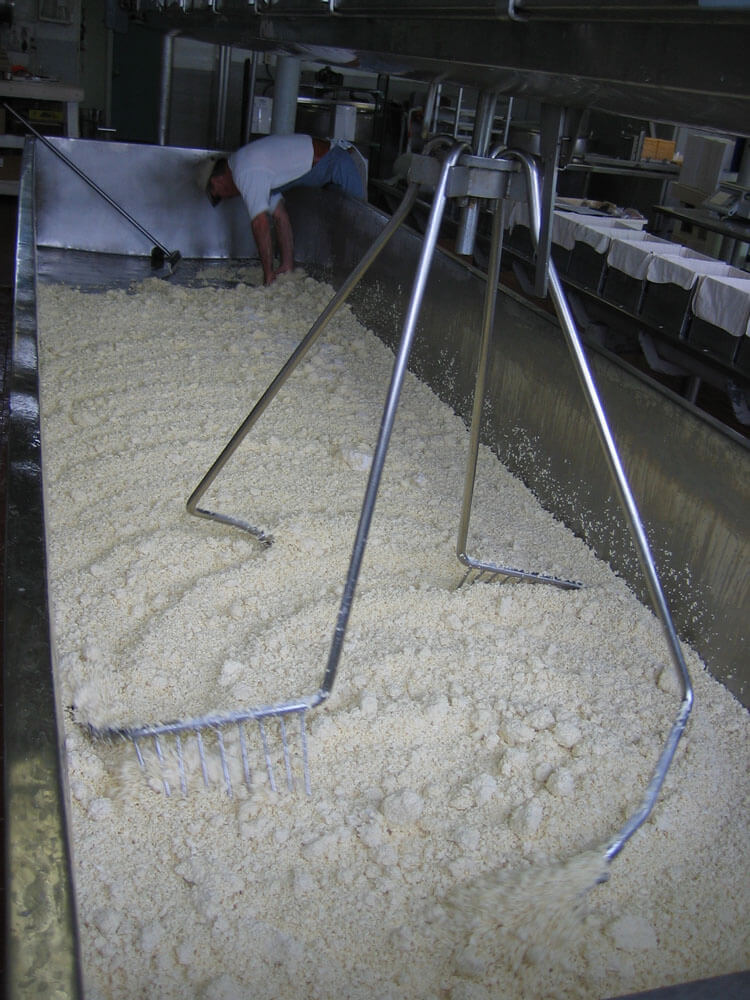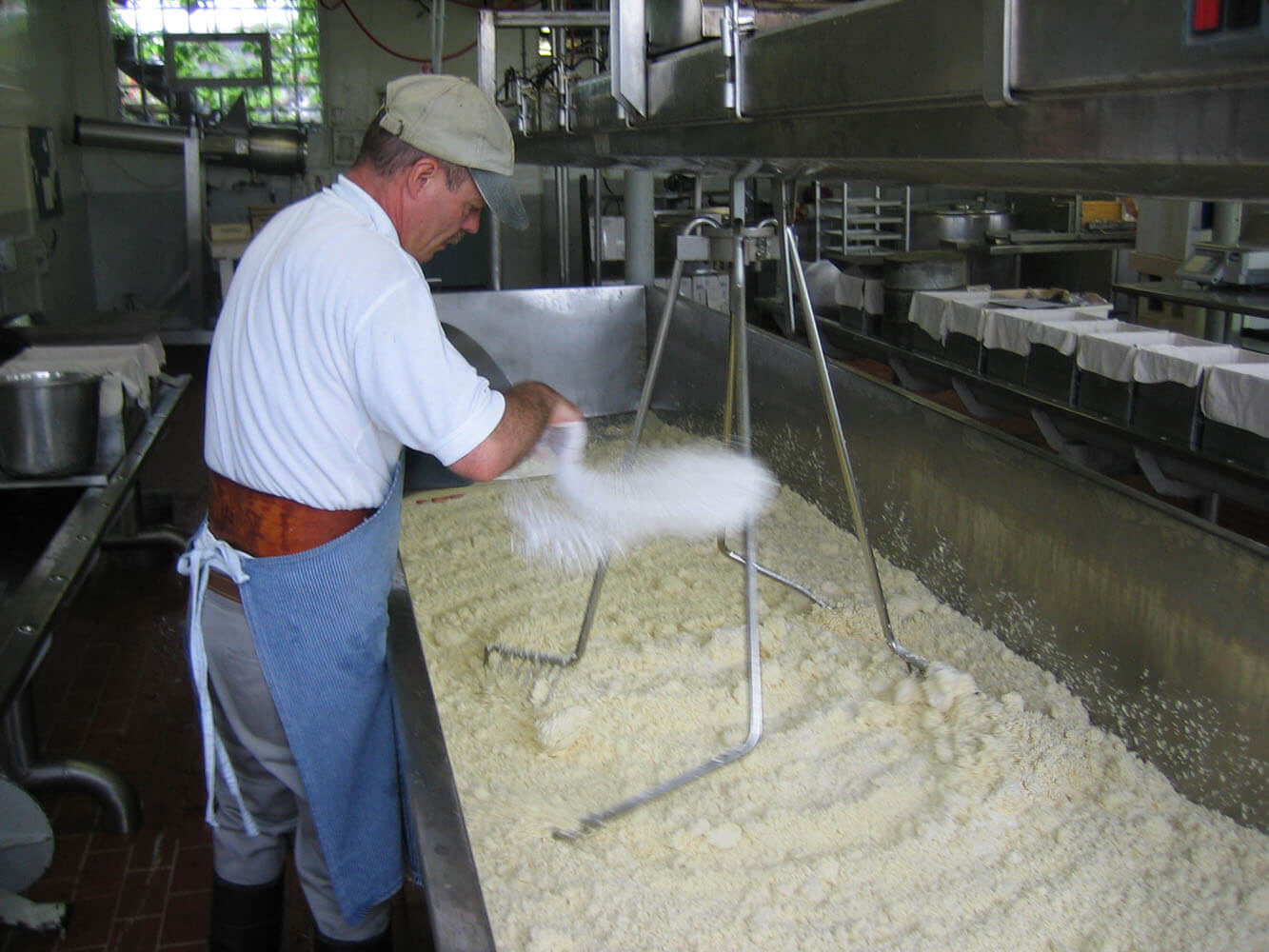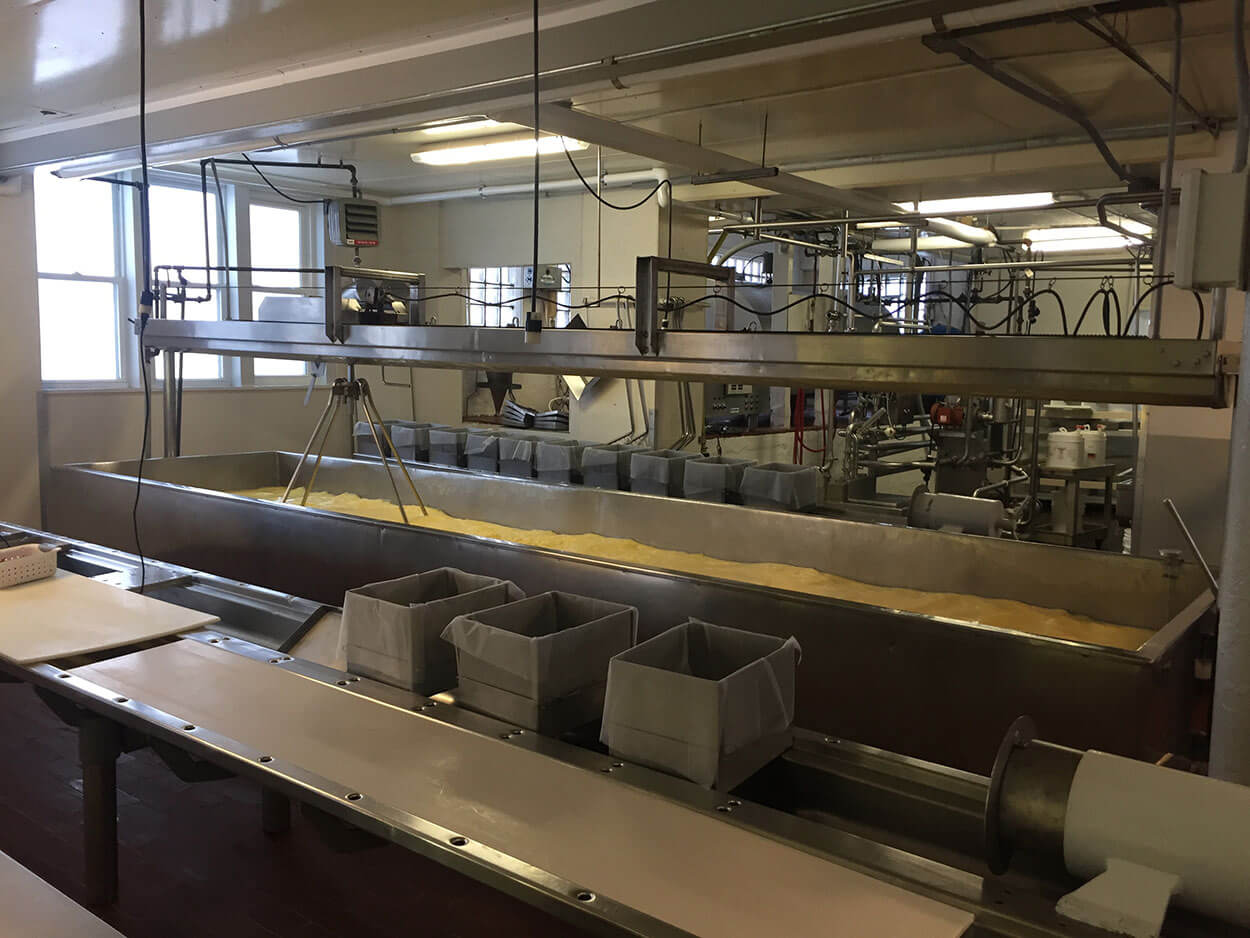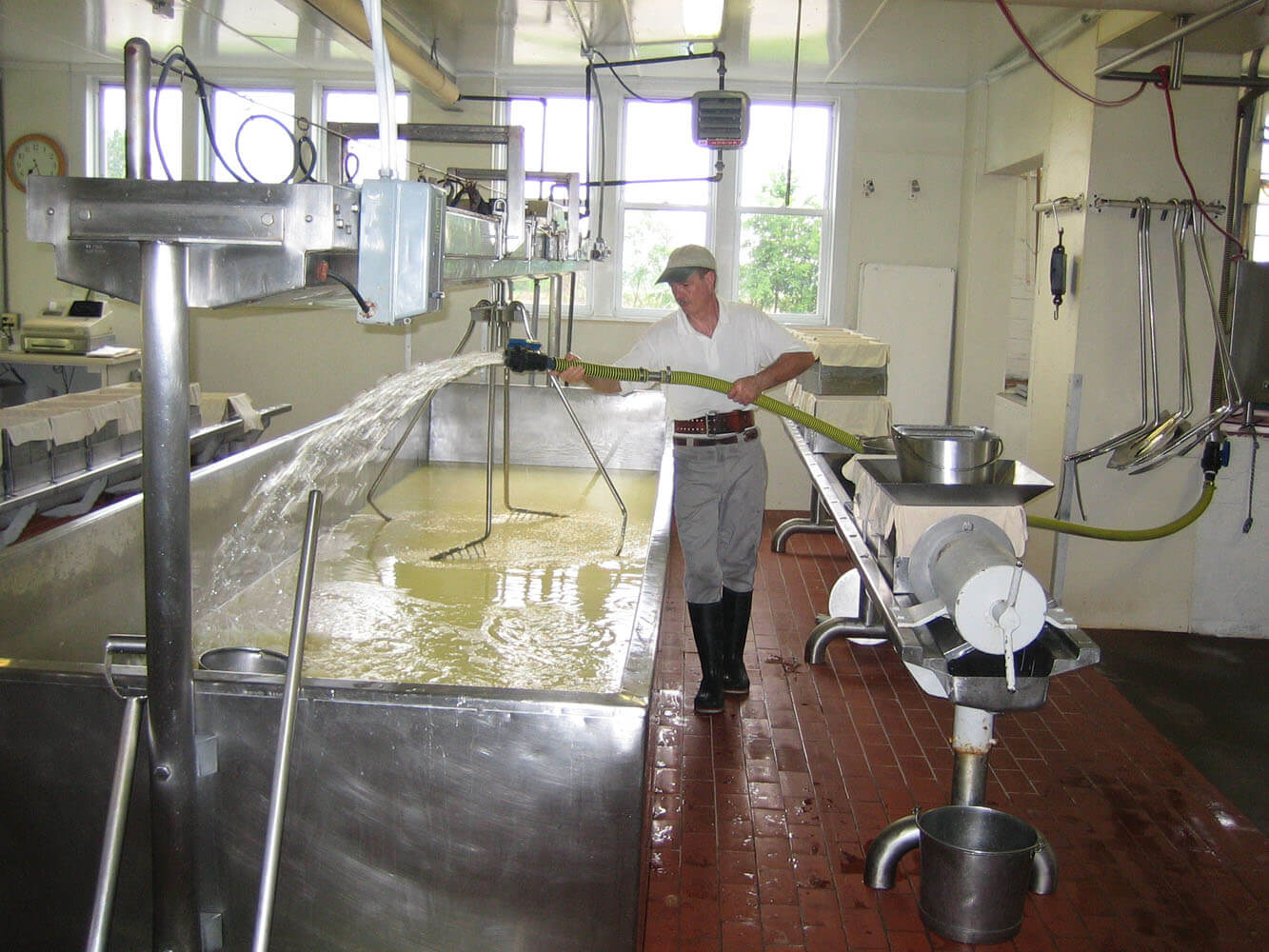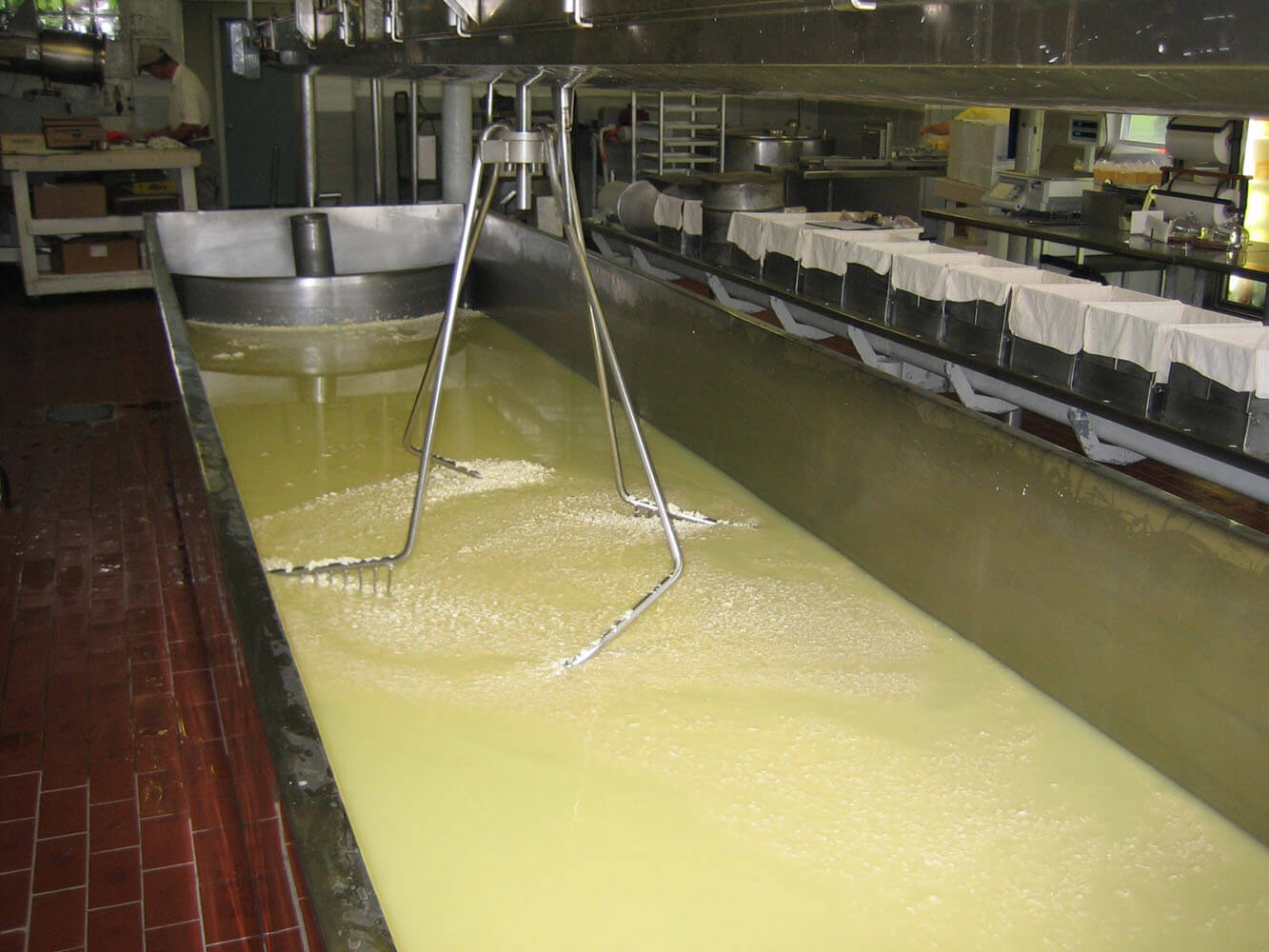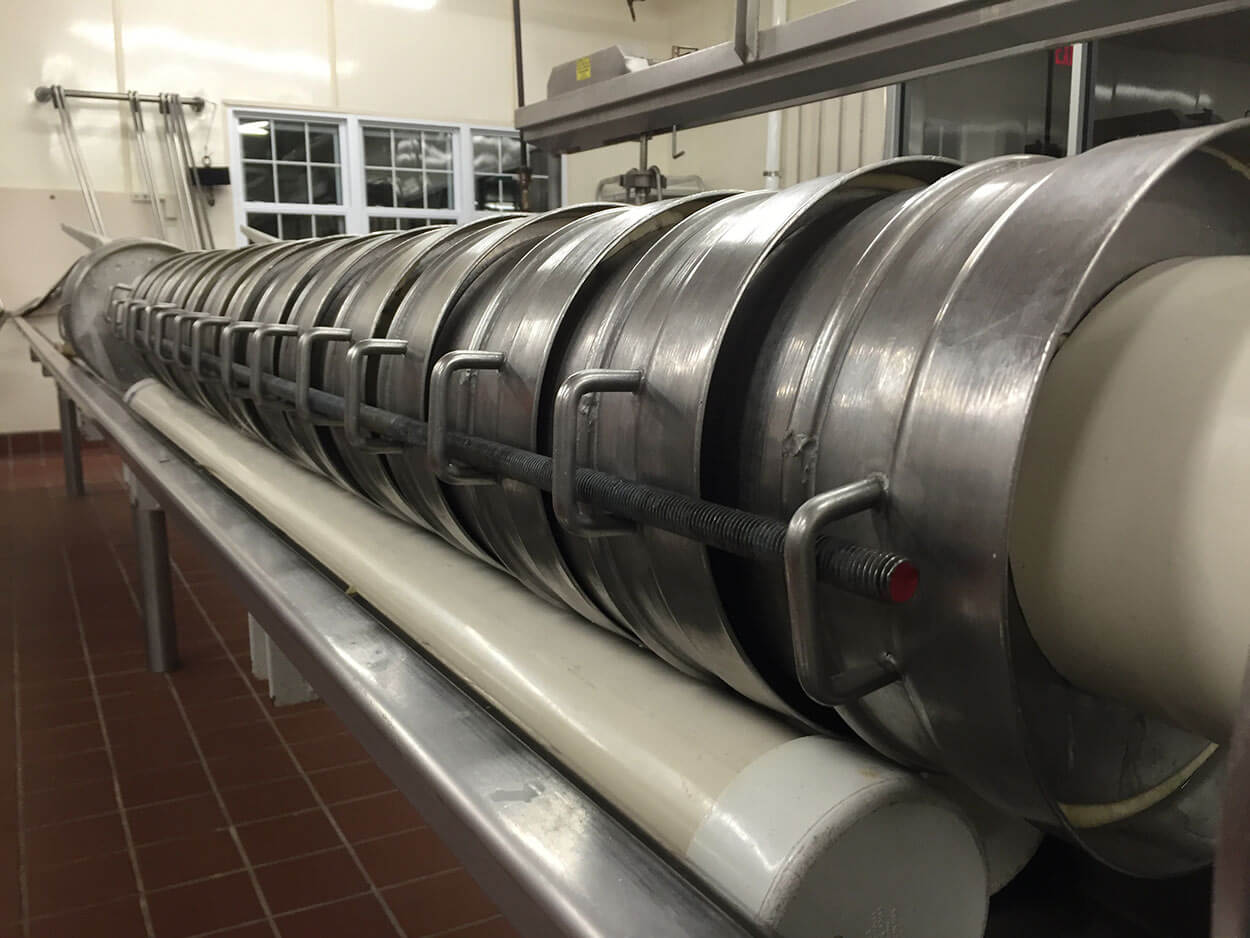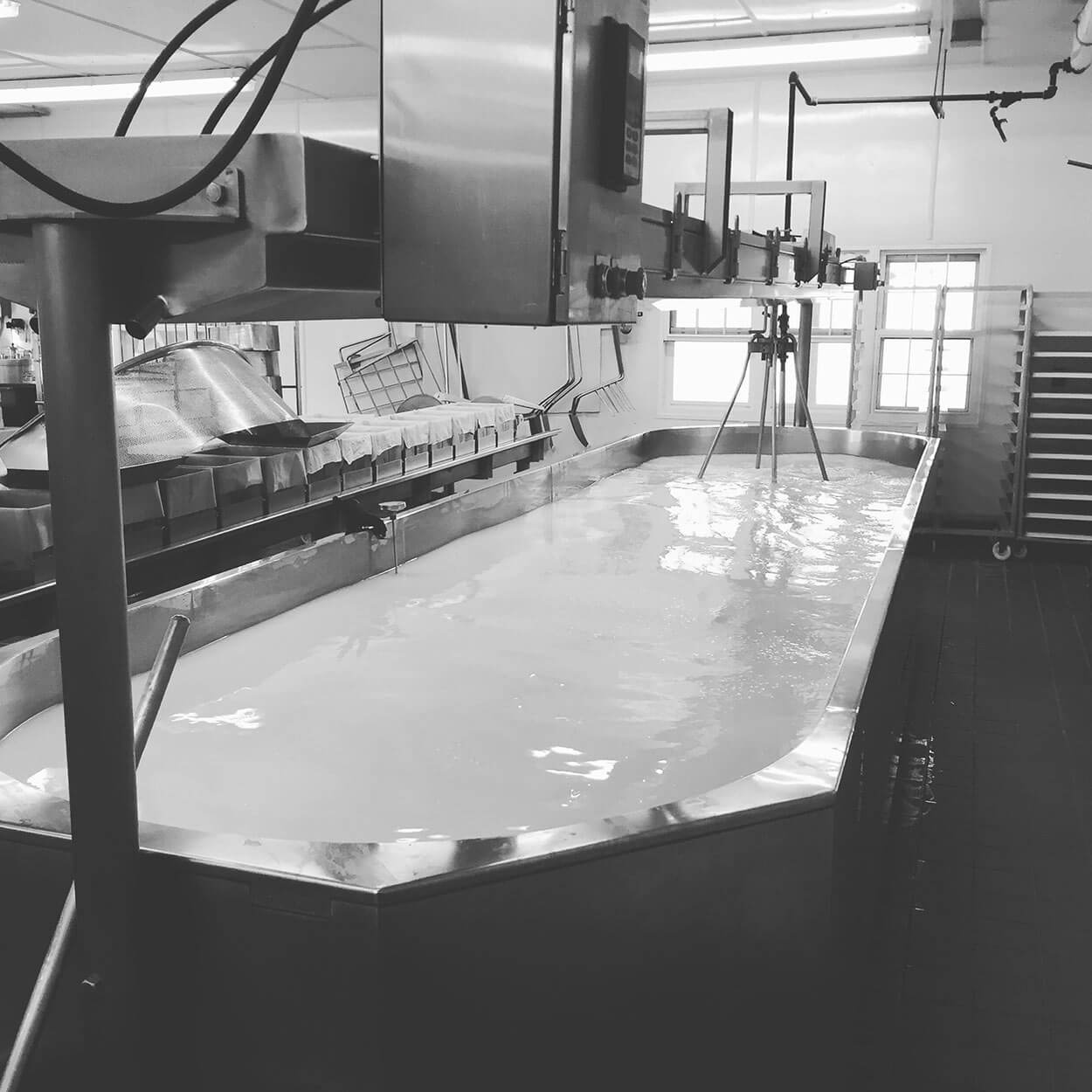
Cheese Factory Tours in Wisconsin

We offer free tours at the Union Star Cheese Factory in Fremont (30 minutes west of Appleton) and Willow Creek Creamery in Berlin (30 minutes west of Oshkosh). Factory tours at Union Star begin at 8:00 AM and last approximately 30 minutes. Willow Creek tours begin at 9:00 AM and also last 30 minutes on average. You can join in-progress tours at any point, but we recommend you arrive before the tour ends for the freshest cheese curd samples. Groups of less than 10 persons do not need to schedule a tour in advance.
A tour is also a perfect time to get to know our customers and offer you a personal connection to our craft.
Union Star Tour Schedule
- Monday 8:00 AM - 8:30 AM
- Thursday 8:00 AM - 8:30 AM
- Friday 8:00 AM - 8:30 AM
- Saturday 8:00 AM - 8:30 AM
Willow Creek Tour Schedule
- Monday 9:00 AM - 9:30 AM
- Wednesday 9:00 AM - 9:30 AM
FREE Tours at our Wisconsin Cheese Factories
Union Star Cheese
Mon-Sat: 6:00AM - 5:00PM
Sun: 10:30AM - 5:00PM
FREE TOUR SCHEDULE
Monday8:00AM - 8:30AM
Thursday8:00AM - 8:30AM
Friday8:00AM - 8:30AM
Saturday8:00AM - 8:30AM
Willow Creek Creamery
Mon-Fri: 9:00AM - 5:00PM
Sat: 8:00 AM - 5:00PM
Sun: 10:30AM - 5:00PM
FREE TOUR SCHEDULE
Monday9:00AM - 9:30AM
Wednesday9:00AM - 9:30AM

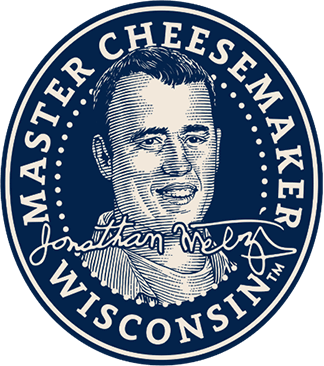
Artisinal Cheese Tours by Certified Wisconsin Cheesemakers
Our cheesemaking process begins with fresh, high-quality milk that is sourced from local farmers. Once the milk is pasteurized, we transfer it into a cheese vat where “good bacteria” and an enzyme called rennet transform the liquid into a soft gel. The gel is then cut into sections and cooked to lower the moisture content and separate the curds from the whey. The curds are pressed into a block where they are packaged and left to age in a cooler. Our craftsman determines the quality of the finished product at every step of the cheesemaking process.
Contact Union StarThey were making cheddar curds today which were fresh, squeaky, and delicious! Was worth the 90 minute drive from Milwaukee.
 500+ FIVE STAR REVIEWS
500+ FIVE STAR REVIEWS
"We are visiting from FL and this was the only cheese factory we found online that was still doing tours at this time. It is a small independent cheese factory. The gentleman doing the tour was very knowledgeable and welcoming. They were making cheddar curds today which were fresh, squeaky, and delicious! Was worth the 90 minute drive from Milwaukee."
- Juliana CThe Cheesemaking Process At Union Star & Willow Creek
Cheese is only as good as the milk it is made from. All cheese made at Union Star and Willow Creek uses milk sourced from local farmers to maintain quality and freshness. Cheese is made by curdling pasteurized milk using a combination of rennet and “good” bacteria. Bacteria acidify the milk and help to define the texture and flavor of the cheese. Different styles and flavors of cheese form using milk with different levels of butterfat, different kinds of “good bacteria” and additional ingredients, and the aging conditions (time, temperature, humidity, etc.) used. For a few kinds of cheese, the milk is curdled by adding acids such as vinegar or lemon juice. Most cheeses, however, are acidified by “good bacteria,” which turn milk sugars into lactic acid. Curdling is completed by adding an enzyme mixture called “rennet.” Once it is finished, it can be formed into differently sized wheels or bars for aging. Cheeses may also be dipped in wax for preservation. Our washed-rind cheeses are cured in special rooms at our Willow Creek location. Environmentally controlled rooms promote the growth of natural microorganisms which help create the unique flavor profile of the cheese.


We pick up fresh milk every day at local dairy farms. It's stored overnight here in our refrigerated tanks. We start the cheesemaking process at 4 am by pasteurizing the milk. We heat the milk to 161°F for 15 seconds to kill any bacteria that may be in the milk.


The pasteurized milk then goes into the cheese vat where we add the "good bacteria" that convert the sugar in the milk into lactic acid. We also add an enzyme called "rennet" to form a soft gel. By 6 AM, the milk in the vat has changed into a yogurt-like consistency. We "cut" the gel into quarter-inch cubes that will become "curds." We then cook at 88° to 102°F, carefully stirring to help separate the curds from the whey. This is where craftsmanship becomes more critical. Too much stirring will yield a very dry cheese.


For cheddar cheese, we stop the process here, drain the whey, and cut the settled curd into blocks. We turn and restack these fragile blocks every five minutes. The resulting cheese slab ends up being 1 inch thick, three feet long, and twelve inches wide. We then cut the slabs up into 1′ x 2′ chunks called curds while adding salt. Salt provides flavor and stops the "good bacteria" from making more acid that would make the finished cheese taste bitter. The cheese curds are then pressed into a block.


After two hours, the block can be taken out of the form, packaged, and put into our cooler for aging. Each type of cheese we make has its own level of moisture.

Pictures may be worth a thousand words. But seeing the cheesemaking process in person is priceless!
We invite you to visit our factory, take a tour, and taste some of the finest cheeses anywhere!

